![]()
![]()
![]()
Use LEFT and RIGHT arrow keys to navigate between flashcards;
Use UP and DOWN arrow keys to flip the card;
H to show hint;
A reads text to speech;
39 Cards in this Set
- Front
- Back
|
Any point on a line separates the line into two parts, each called a _______.
|
Half-line
|
|
|
A portion of a line that continues indefinitely in one direction from a point on the line
|
Ray
|
|
|
The point at the end of the ray.
|
Endpoint
|
|
|
Common Definition: The union of two rays having a common endpoint
|
Angle
|
|
|
Trig Definition: Formed by rotating a given ray about its endpoint to some terminal position.
|
Angle
|
|
|
The original ray of the angle
|
Initial Side
|
|
|
The terminal position of the ray (second ray).
|
Terminal Side
|
|
|
The common endpoint of the two rays forming the angle
|
Vertex
|
|
|
Angles formed by a counterclockwise rotation
|
Positive Angle
|
|
|
Angles formed by a clockwise rotation
|
Negative Angle
|
|
|
Determined by the amount of rotation of the initial side.
|
Measure of an Angle
|
|
|
An angle formed by rotating the initial side counterclockwise exactly once until it coincides with itself (one complete revolution)
|
is defined to have a measure of 360 degrees
|
|
|
An angle whose vertex is at the origin of a Cartesian coordinate system and its initial side is on the positive x-axis. In trigonometry, the assumption is made that all angles are in standard position unless indicated otherwise
|
Standard Position
|
|
|
Angles are often classified according to their measure
An angle measuring 180 degrees is a . |
Straight Angle
|
|
|
Angles are often classified according to their measure
An angle measuring 90 degrees is a . |
Right Angles
|
|
|
Angles are often classified according to their measure
An angle measuring between 0 degrees and 90 degrees is a . |
Acute Angles
|
|
|
Angles are often classified according to their measure
An angle measuring between 90 degrees and 180 degrees is a . |
Obtuse Angles
|
|
|
Two POSITIVE angles whose sum is 90 degrees
|
Complementary Angles
|
|
|
Two POSITIVE angles whose sum is 180 degrees
|
Supplementary Angles
|
|
|
Angles whose terminal side lies on a coordinate axis. When indicating where the terminal side is located,
|
Quadrantal Angles
Rember to:give the axis and whether it is the positive or negative portion of the axis |
|
|
Angles in standard position that have the same terminal side. Every angle has an unlimited number of coterminal angles
|
Coterminal Angles
Remember :The measures of coterminal angles are not equal to each! |
|
|
What is the function for Cos
|
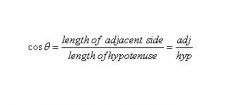
|
|
|
What is the function for Cot?
|

|
|
|
What is the function for Csc?
|
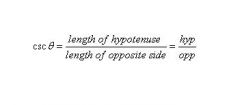
|
|
|
What is the function for Sec?
|
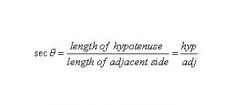
|
|
|
What is the function for Sin?
|
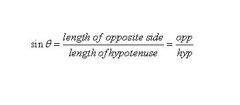
|
|
|
What is the function for Tan?
|

|
|
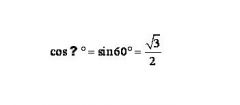
|

|
|
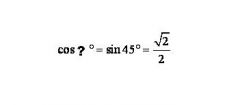
|

|
|
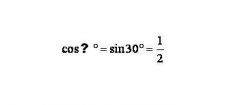
|

|
|
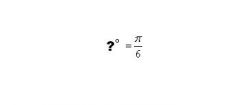
|

|
|
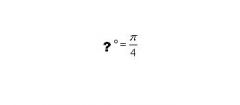
|

|
|
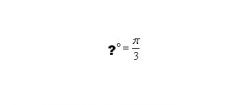
|

|
|
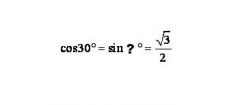
|

|
|
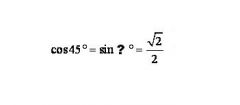
|

|
|
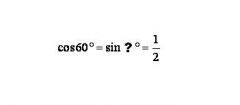
|

|
|
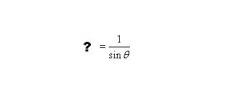
|

|
|

|

|
|

|

|

